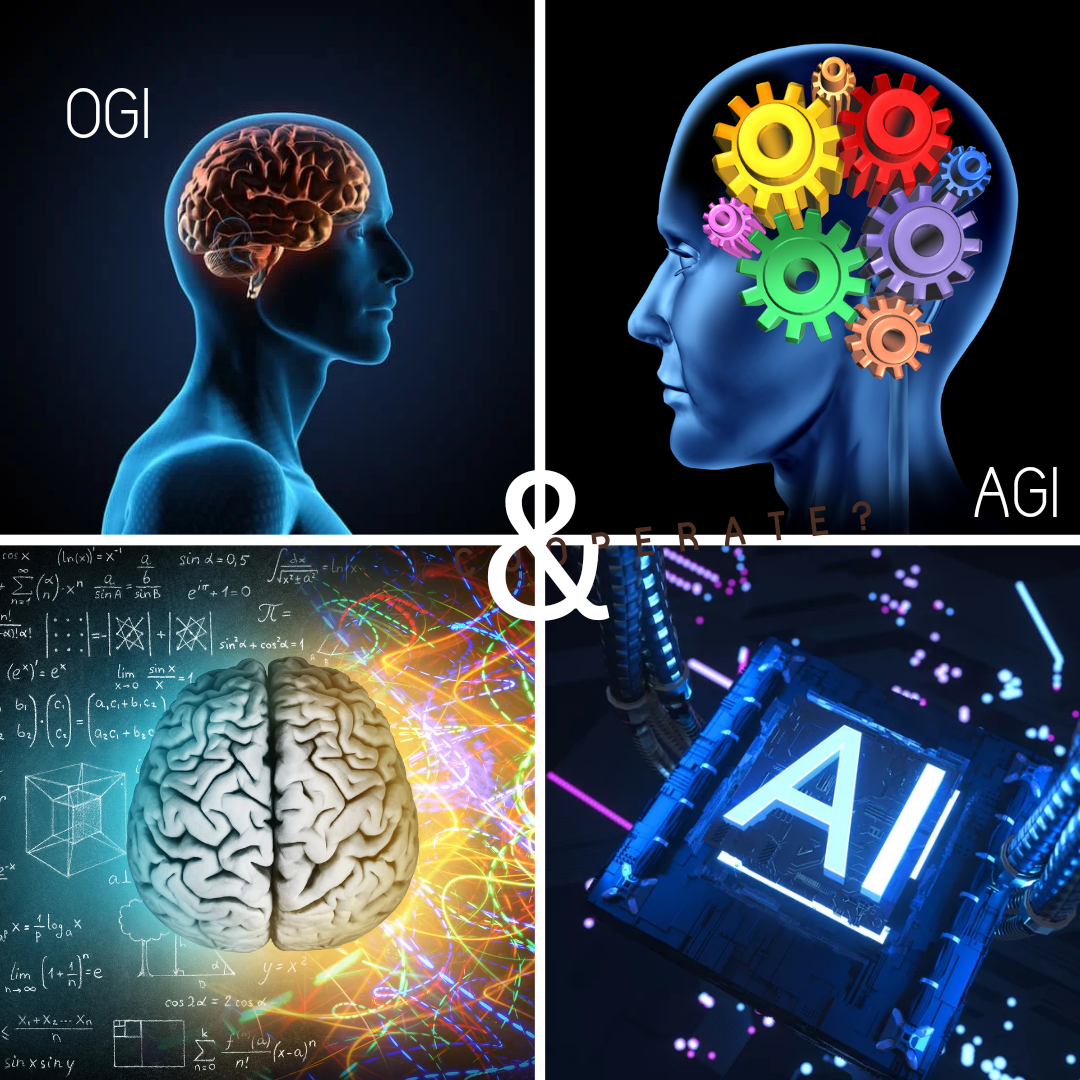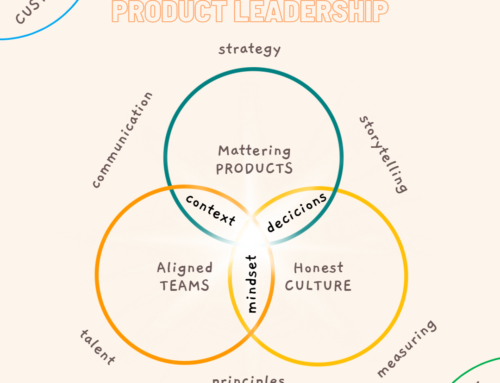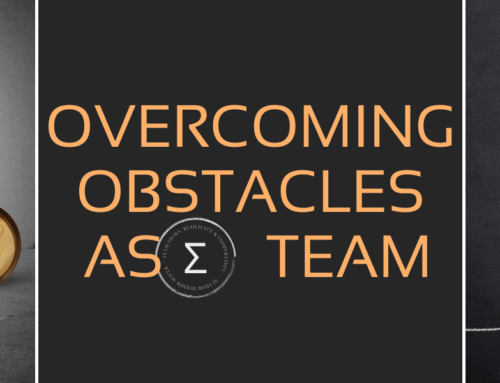As we delve further into the development of artificial intelligence, understanding the distinction between Organic Genetic Intelligence (OGI) and Artificial General Intelligence (AGI) becomes critical. While OGI represents the naturally evolved intelligence found in living beings, AGI refers to the still-developing artificial counterpart that aims to match or surpass human cognitive abilities. Both types of intelligence have unique strengths and limitations, each shaped by their origins and capacities. This article explores the core differences, comparing adaptability, learning processes, and existential requirements, shedding light on what AGI may achieve and where it will always differ from OGI.
—
Exploring Organic Genetic Intelligence (OGI) vs. Artificial General Intelligence (AGI)
1. Defining OGI: Intelligence Shaped by Nature
Organic Genetic Intelligence (OGI) refers to the naturally occurring intelligence found in living organisms, shaped through evolution and genetic inheritance. Human intelligence, for instance, is a product of OGI—a complex web of instincts, emotions, and survival mechanisms built over millions of years. Unlike artificial systems, OGI is deeply rooted in biological processes, resulting in behaviors and abilities that align closely with survival, social bonding, and environmental adaptation.
Key characteristics of OGI include:
Evolutionary development: Intelligence that progresses over generations through natural selection and environmental adaptation.
Emotionally rich: Strongly influenced by emotions and social instincts, which play crucial roles in decision-making and survival.
Limitations: Bound by biological needs—such as food, sleep, and shelter—and the natural pace of evolution.
In short, OGI is intelligence built organically and gradually, gaining complexity over time but also being inherently limited by biological dependencies.
2. Defining AGI: Intelligence Created by Design
Artificial General Intelligence (AGI) represents the concept of an advanced AI capable of performing a wide range of intellectual tasks at or beyond human capability. While current AI is mostly narrow and specialized, AGI would aim for generalization, allowing it to solve problems across various domains without needing task-specific reprogramming. AGI’s adaptability, therefore, has significant potential to process vast amounts of data and apply learned principles across different tasks swiftly—something biological intelligence can only do over extended periods.
Key characteristics of AGI include:
Engineered adaptability: Developed through complex algorithms and machine learning, allowing rapid knowledge acquisition and flexible application across domains.
Emotionally neutral: AGI lacks natural emotions and social instincts, though it can simulate responses based on programmed algorithms.
Strengths and limitations: AGI’s potential is vast in computational power and learning speed, but it lacks the organic “instincts” that ground human intelligence.
Unlike OGI, AGI would be free from biological constraints, making it potentially more efficient and tireless but missing the emotional and survival instincts intrinsic to organic life.
Core Comparisons: OGI vs. AGI
To clarify the differences between OGI and AGI, here’s a comparative breakdown of essential aspects:
3. What Can AGI Learn from OGI?
As AGI evolves, one of its primary challenges is to emulate the adaptive complexity found in OGI. For AGI to function well in human environments, it may need to simulate aspects of human emotions and social behaviors, even if these behaviors are merely programmed rather than genuinely “felt.” Some of the most difficult hurdles for AGI development relate to understanding and simulating social nuances, ethical considerations, and instinctive behavior—elements that come naturally to OGI.
—
Key Takeaways
OGI is intelligence formed by nature, limited by biological needs but rich in emotion and social complexity.
AGI is intelligence developed through human design, excelling in adaptability and processing speed but lacking organic instincts.
The challenge for AGI development is to simulate human-like adaptability and social awareness without inherent biological foundations.
As AGI research advances, understanding these distinctions will be essential for ensuring AGI aligns with human values and ethical considerations while recognizing where it inherently differs from the intelligence found in organic life and humans too.






